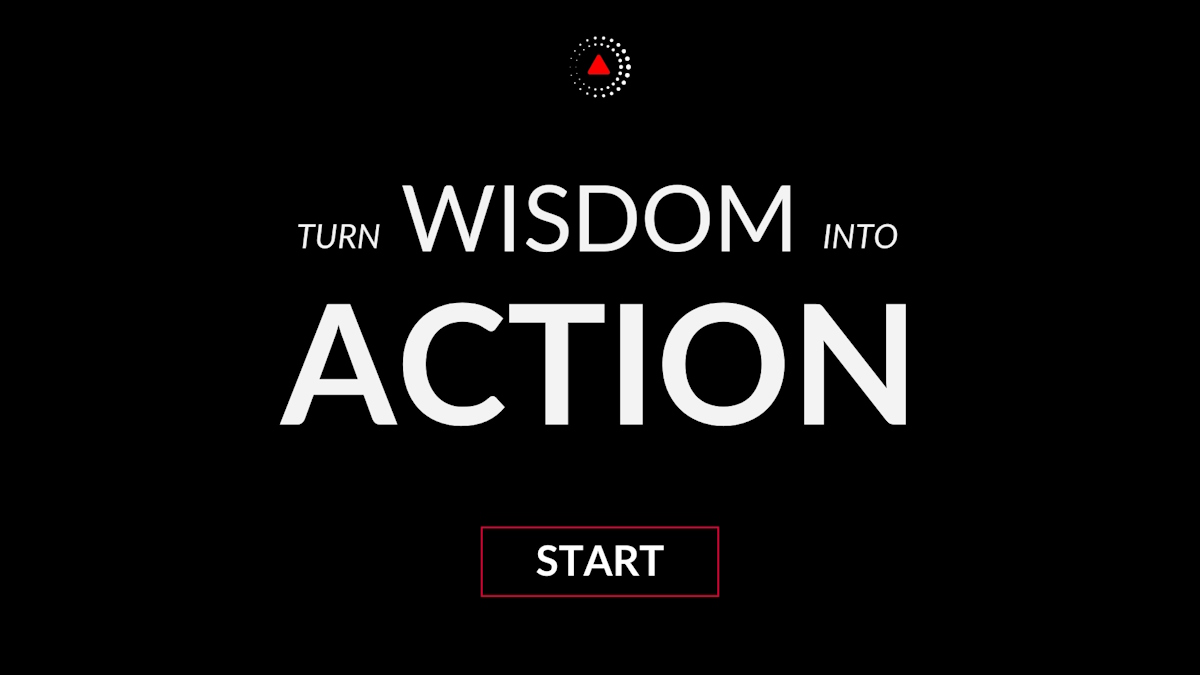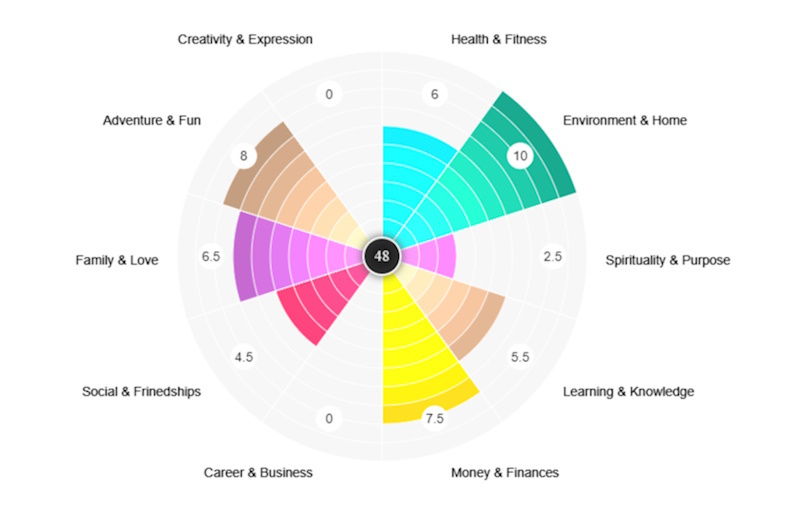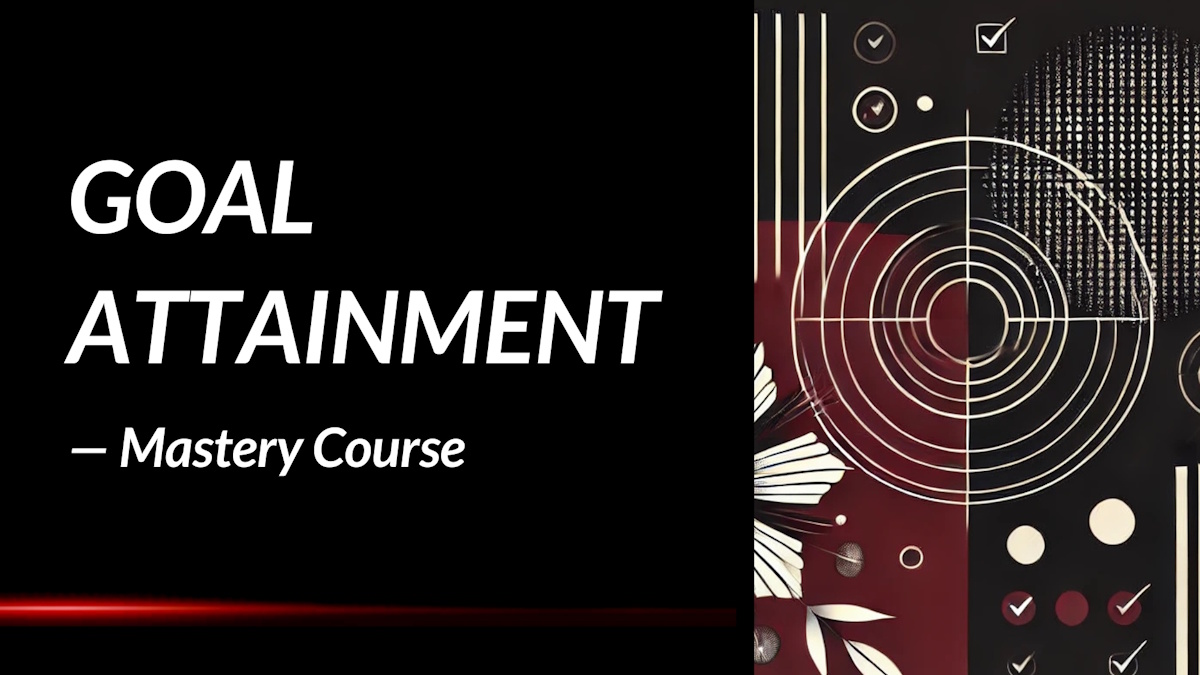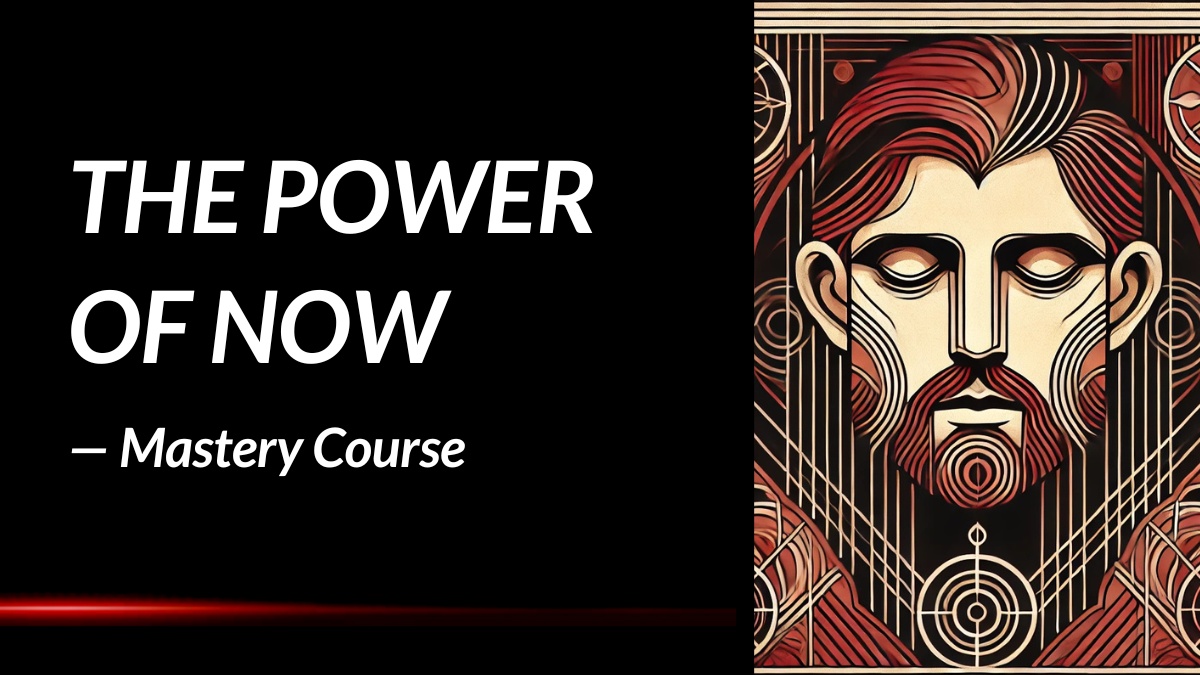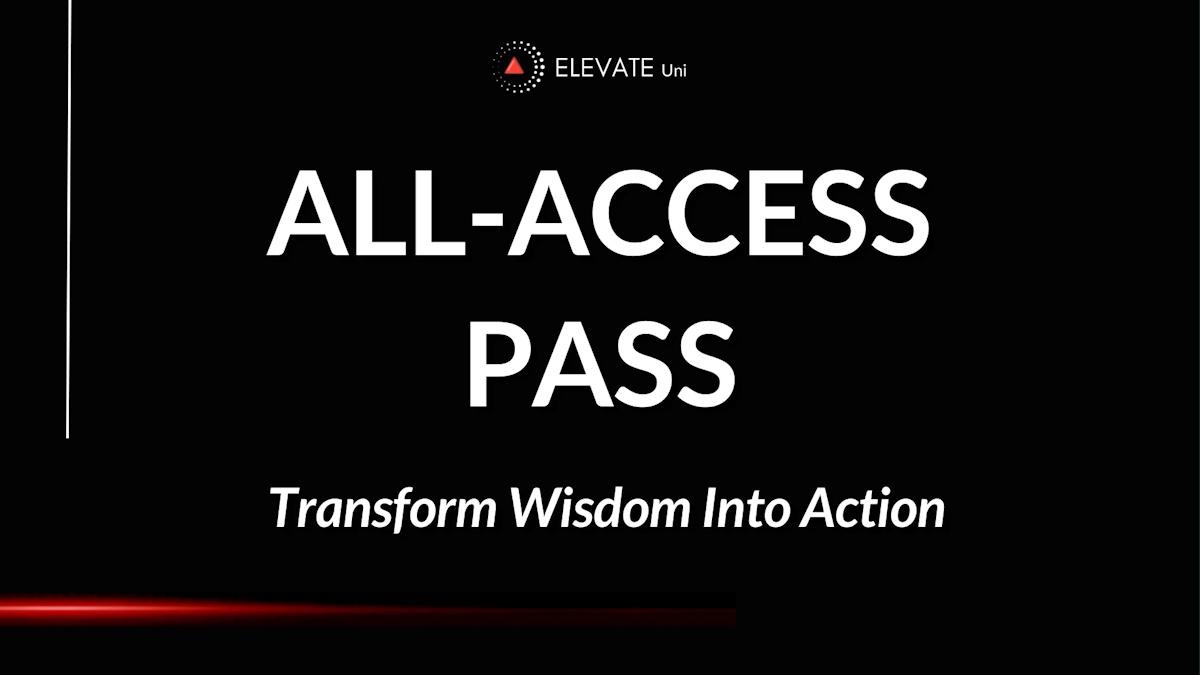There is nothing wrong with change, if it is in the right direction.
What's the meaning of this quote?
Quote Meaning: At its essence, the quote suggests that change itself isn't inherently negative or positive; rather, its value lies in the direction it takes. Change is a constant force in our lives, shaping our experiences and molding our futures. It can be intimidating, even frightening, as it often challenges the status quo and disrupts the familiar. However, the key lies in discerning whether the change leads us towards progress, growth, and fulfillment, or if it propels us into stagnation or regression.
Consider change as a journey; it's not about merely moving from one point to another but ensuring that the destination aligns with our aspirations and values. Just as a traveler would meticulously plan their route, evaluating each step to ensure it leads them closer to their desired destination, so too should we approach change with intentionality and mindfulness.
The phrase "the right direction" is pivotal here. It implies a moral compass, a guiding principle that helps us navigate the complexities of change. This compass may be different for each individual or context, shaped by personal beliefs, cultural norms, or collective goals. What constitutes the "right direction" is subjective, but it often involves considerations of ethics, integrity, and long-term well-being.
In personal growth and development, for instance, change directed towards self-improvement, learning, and self-awareness is generally regarded as positive. It may involve stepping out of one's comfort zone, embracing challenges, and confronting fears. Though daunting, such changes often lead to increased resilience, wisdom, and fulfillment.
On a societal level, change aimed at promoting equality, justice, and sustainability is deemed positive. This might involve challenging entrenched systems of oppression, advocating for marginalized communities, or adopting more environmentally conscious practices. While these changes may encounter resistance and adversity, they are essential for fostering a more equitable and harmonious world.
Conversely, change that perpetuates harm, inequality, or destruction is seen as detrimental. This could manifest in various forms, such as oppressive policies, environmental degradation, or social injustices. While change for its sake may seem appealing, it's essential to scrutinize its consequences and ensure they align with our values and principles.
Ultimately, the quote encourages us to approach change with discernment and mindfulness. Rather than fear or resist it outright, we should evaluate its direction, weighing its potential impact on ourselves and others. By doing so, we can harness the power of change to propel us towards a brighter, more sustainable future—one that reflects our deepest aspirations and ideals.
Who said the quote?
The quote "There is nothing wrong with change, if it is in the right direction.” is often attributed to Winston Churchill (Bio / Quotes). Winston Churchill was a British politician, statesman, and writer who is widely regarded as one of the greatest leaders in modern history.
Applying the quote to your life
Unlock Churchill's wisdom and apply it to your life by getting the in-depth Winston Churchill Workbook & Study Guide, complete with top quotes, insightful commentary, reflective questions, and practical uses for everyday life.
To apply more wisdom, get the All-Access Pass, which includes hundreds of study guides from the world's top minds. These include deep insights from individuals such as Nelson Mandela, Steve Jobs, and Albert Einstein, as well as some of the top authors and personal development books.
What are Winston Churchill's Best Quotes?
Watch on Elevate's YouTube channel and be sure to subscribe for more wisdom and insights from the world's top minds.
Subscribe on YouTube to get the latest quote videos delivered straight to you:
Is there a historical example that illustrates the message of the quote?
One notable historical example that illustrates the quote "There is nothing wrong with change, if it is in the right direction" is the transition from the apartheid system in South Africa to a democratic government in the early 1990s. Apartheid, the system of institutionalized racial segregation and discrimination enforced by the South African government, was deeply entrenched and resisted by many. It was a profound injustice that affected every aspect of life for South Africans, particularly for the black majority who were oppressed under this system.
The movement towards change began with the efforts of leaders like Nelson Mandela and organizations such as the African National Congress (ANC), who advocated for racial equality and democratic governance. The change was not immediate or easy; it involved intense negotiations, protests, and sacrifices. However, it was change in the right direction because it aimed to dismantle a deeply unjust system and replace it with one based on equal rights and democratic principles.
The transition culminated in the first multiracial elections in 1994, where Nelson Mandela was elected as President. This monumental change was celebrated not just in South Africa but around the world as a victory for human rights and justice. It demonstrated that change, though challenging and often met with resistance, is not only necessary but profoundly beneficial when it moves toward a more equitable and just society.
How can the quote be applied in a real-life scenario?
In everyday life, the quote "There is nothing wrong with change, if it is in the right direction" can be applied to personal or professional situations where transformation is necessary. For example, consider someone working in a company that has been using outdated technology for years. The system is inefficient, prone to errors, and not conducive to modern business practices. There is resistance to change because the new technology will require learning new skills and adapting to a different workflow.
However, if the change involves adopting new technology that improves efficiency, enhances productivity, and aligns with industry standards, it is a change in the right direction. Despite the initial discomfort or challenge, embracing this change can lead to significant long-term benefits, such as better performance, increased job satisfaction, and staying competitive in the market.
In a real-life scenario, applying this quote means recognizing when a proposed change, although potentially difficult or disruptive, will lead to positive outcomes and align with a higher goal or principle. It involves evaluating whether the change is beneficial in the long run, whether it aligns with core values or objectives, and whether it contributes to personal or professional growth. When these conditions are met, change should be embraced as a necessary step towards improvement and progress.
Chief Editor
 Tal Gur is an author, founder, and impact-driven entrepreneur at heart. After trading his daily grind for a life of his own daring design, he spent a decade pursuing 100 major life goals around the globe. His journey and most recent book, The Art of Fully Living, has led him to found Elevate Society.
Tal Gur is an author, founder, and impact-driven entrepreneur at heart. After trading his daily grind for a life of his own daring design, he spent a decade pursuing 100 major life goals around the globe. His journey and most recent book, The Art of Fully Living, has led him to found Elevate Society.





